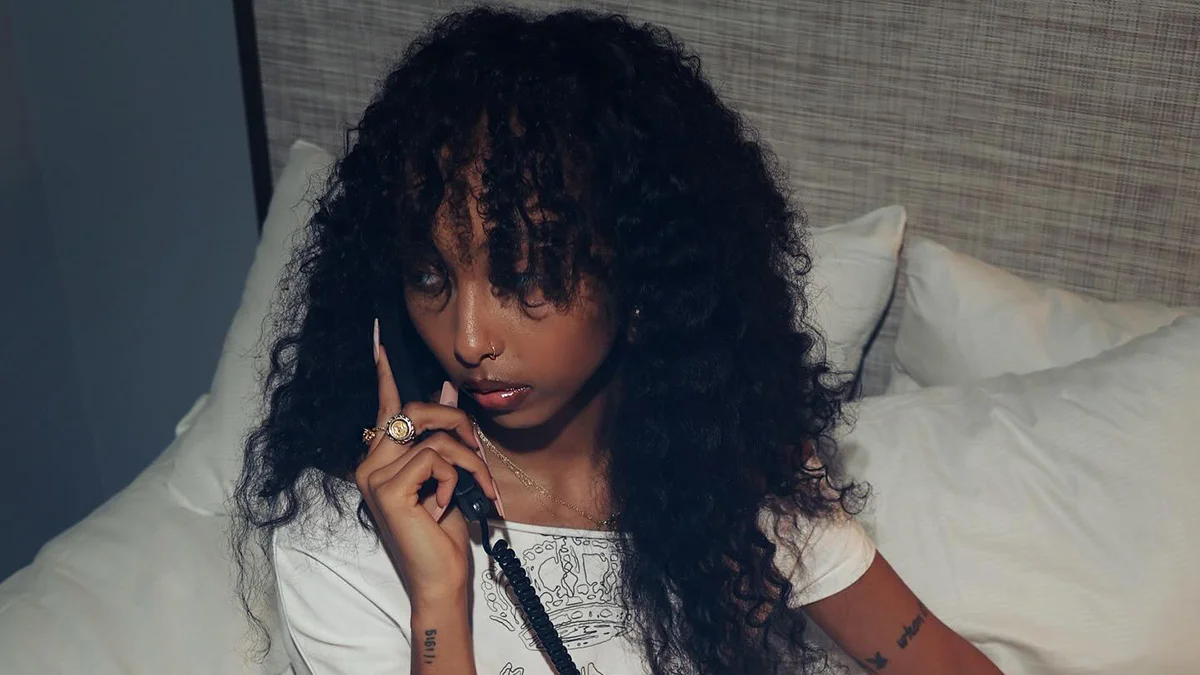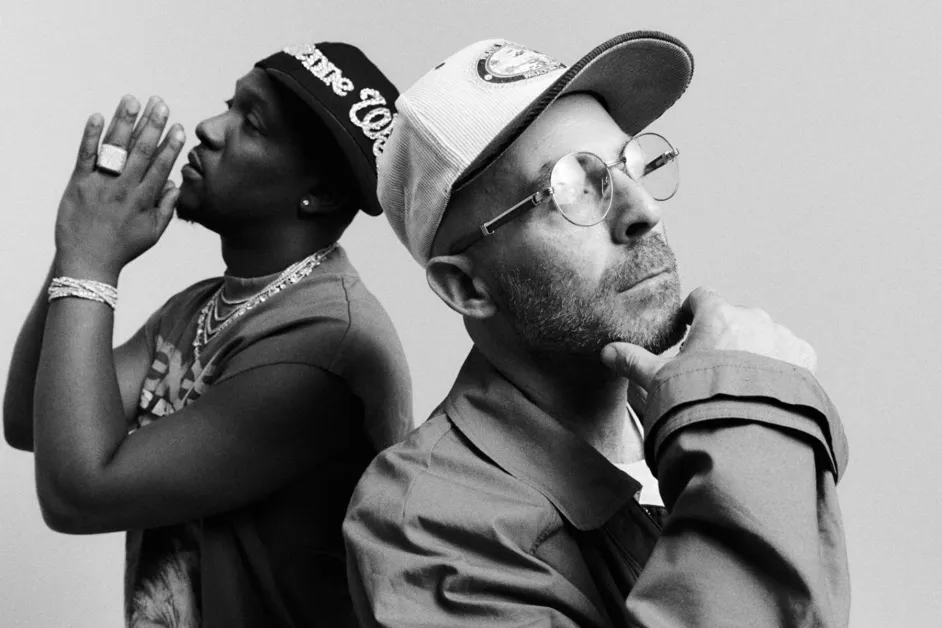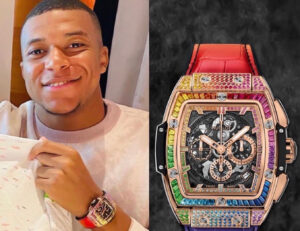In the ever-evolving landscape of hip-hop, where authenticity and spectacle often intertwine, Lil Mabu’s latest single, “Bonnie Blu,” emerges as a testament to this dynamic interplay. The track not only showcases Mabu’s lyrical prowess but also serves as a focal point for discussions on the boundaries of art, publicity, and personal branding.
A Sonic Exploration of Modern Fame
“Bonnie Blu” is a bold foray into the complexities of contemporary celebrity culture. The song’s lyrics delve into themes of fame, relationships, and the performative aspects of modern life. Mabu’s verses are laden with vivid imagery and candid reflections, painting a portrait of a world where personal experiences are both lived and broadcasted.
The track’s production complements its thematic depth, featuring a blend of rhythmic beats and melodic undertones that underscore the narrative. Mabu’s delivery is both assertive and introspective, inviting listeners to engage with the content on multiple levels.
The Convergence of Music and Media
The release of “Bonnie Blu” was accompanied by a series of public appearances and social media posts featuring Mabu and OnlyFans model Bonnie Blue. Notably, their courtside antics at an NBA game garnered significant attention, blurring the lines between personal expression and promotional strategy.
These events sparked debates about the role of shock value in art and the ethics of leveraging personal relationships for publicity. While some critics argue that such tactics detract from the music’s substance, others view them as a reflection of the current media landscape, where virality often dictates visibility.
Artistic Intent or Calculated Publicity?
The deliberate intertwining of Mabu’s music with his public persona raises questions about artistic intent. Is “Bonnie Blu” a genuine expression of personal experiences, or is it a calculated move to capitalize on the sensationalism surrounding his relationship with Bonnie Blue?
This ambiguity challenges listeners to consider the authenticity of artistic expression in an era where personal branding is paramount. It also prompts a broader discussion on the responsibilities of artists in navigating the delicate balance between self-promotion and artistic integrity.
Interplay
“Bonnie Blu” contributes to the ongoing discourse on the evolution of hip-hop, particularly regarding the genre’s engagement with digital culture and social media. Mabu’s approach exemplifies a new wave of artists who seamlessly integrate their music with their online presence, creating a multifaceted narrative that extends beyond the confines of traditional media.
This strategy, while innovative, also underscores the potential pitfalls of conflating personal identity with artistic output. As artists increasingly become brands, the distinction between the individual and the art becomes more nuanced, raising concerns about the commodification of personal experiences.
Impression
Lil Mabu’s “Bonnie Blu” is more than just a song; it’s a cultural artifact that encapsulates the complexities of modern fame, the interplay between personal and public life, and the evolving nature of artistic expression. Whether viewed as a genuine artistic endeavor or a savvy marketing ploy, the track undeniably sparks critical conversations about the current state of the music industry and the societal values it reflects.
As audiences continue to navigate this intricate landscape, “Bonnie Blu” serves as a reminder of the power of music to both mirror and influence the cultural zeitgeist. It challenges listeners to discern the layers of meaning within the art and to consider the broader implications of the artist’s choices in shaping their narrative.
No comments yet.








